This site contains affiliate links. Please see Policies for more information.
Come chat with me about different types of salt for cooking. Knowing the differences between cooking salt types can help you make more informed choices when you are seasoning your meals and preparing recipes.
Until a few years ago, most people assumed that there were only a few different types of salt and they looked, smelled, and tasted the same. Now it seems like different types of salt are more readily available–and there are different benefits to each of them!
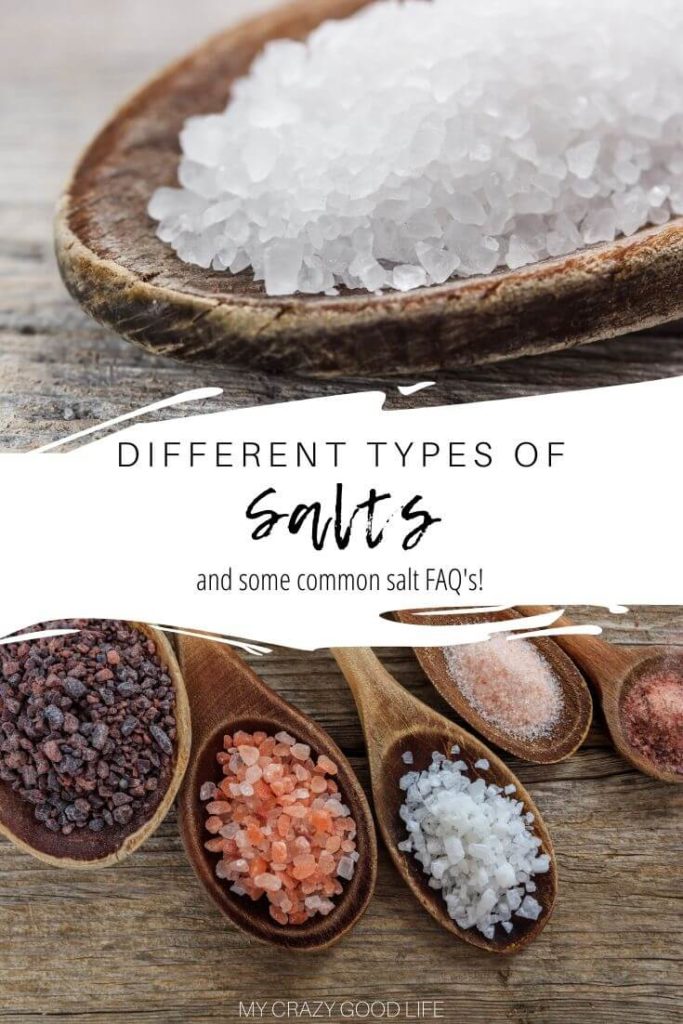
What is salt?
For most of us when we say ‘salt’ we’re referring to table salt, or other common types that are made up of sodium chloride mixes. Some have added iodine, minerals, and anti caking agents to make them more useful and accessible to home cooks. Others have activated charcoal added and even trace minerals that impact taste.
There is some evidence to suggest that salt production goes back about 8,000 years. It’s one of the most widely used and oldest seasonings on the planet.
Since saltiness is one of the five basic tastes that we can comprehend it’s no shock that it’s so widely used and enjoyed. Along with sweet, sour, bitter, and umami, our bodies interpret the flavor of salt in millions of different ways to compose the wide range of flavors we enjoy every day.
Differences Between Kinds Of Salt
There are twelve main types of salt, and I’ll go into detail about each one below:
Types of Salt:
Black Hawaiian Salt
Hawaiian black lava salt is harvested from water that evaporates over cooled lava flows. The salt crystals are then mixed with coconut charcoal. The end result is something akin to lava rocks but it actually adds an earthy tone with some hints of sulfur and minerals from the lava. The coconut charcoal that is added makes this type of salt a common choice for its detoxification principals.
Celtic Sea Salt
Celtic sea salt was first popular in France and has a grayish color. It retains a lot of moisture, so it’s moist to the touch. Celtic salt has less sodium than table salt, and is similar to pink Himalayan salt.
Flake Salt
Flake salt is flattened salt, which has a larger surface area and performs differently when cooked in different recipes. It dissolves easier and is easier to pinch and crumble evenly onto a dish as a finishing salt.
Fleur de Sel
Derived from sea water, these pyramid-shaped crystals are found at the top of the seawater during the evaporation process. It’s the purest form of salt you can purchase.
Himalayan Pink Salt
Colored pink by the small amounts of iron oxide that remain after the mining process, Pink Himalayan salt is usually in the same sodium chloride concentrations as regular table salt.
Kala Namak or Himalayan Black Salt
After learning that eggs tend to give me migraine headaches, I’ve learned that this black salt can provide an egg flavor to food. It has very low sodium levels and is used by many vegans to add that unique egg flavor back to dishes.
Kosher Salt
Kosher salt is refined with larger crystals and has no additives. It’s a common table salt in many households, but does not contain iodine.
Pickling Salt
Simple table salt without anti-caking agents.
Red Hawaiian Salt
Unrefined sea salt that has been mixed with volcanic clay rich in iron oxide. Some say this salt is actually sweet.
Sea Salt
Sea Salt is slightly less “salty” tasting and it’s typically not a processed or refined type of salt. Sea salt comes from evaporated sea water so the natural salt and minerals from the water are left behind. Sea salt is preferred by many because it has a higher mineral content and a more natural flavor.
Smoked Salt
Kosher or sea salt that has been smoked for a few hours, days, or weeks.
Table Salt
Table salt is the most common type of salt. It’s what is commonly in salt shakers. Table salt is 97-99% sodium chloride that is stripped of impurities and minerals and often contains anti-caking agents. Regular table salt also contains iodine, which helps eradicate iron deficiency in many parts of the world.
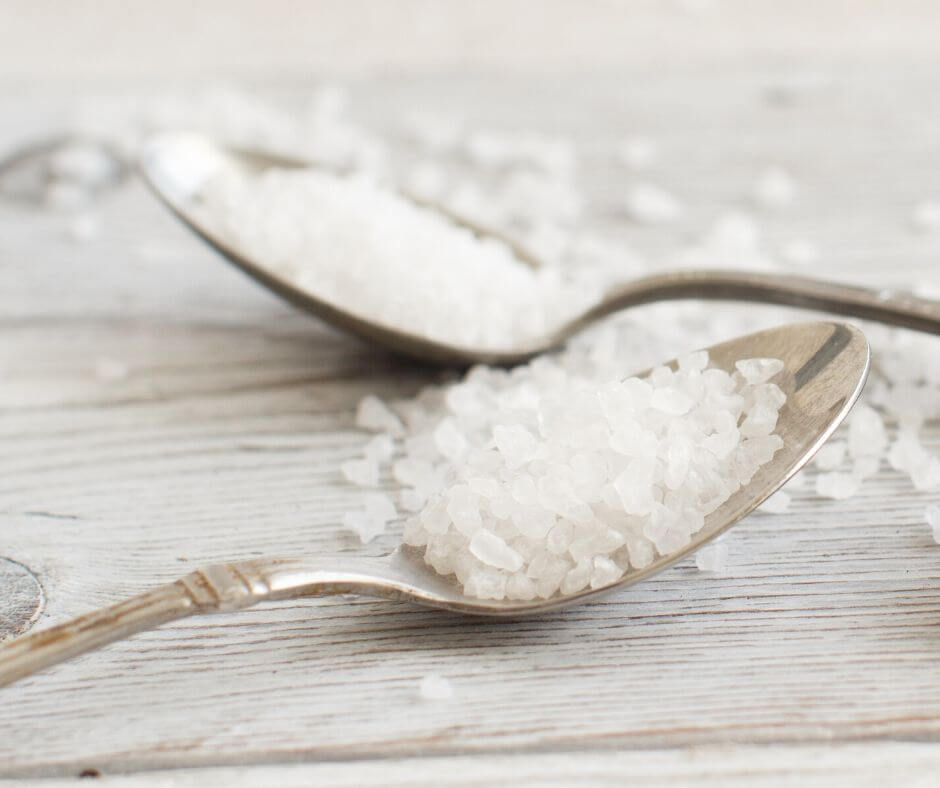
Is salt bad for you?
Not necessarily. We tend to blame the amount of sodium in processed foods (yup, sodium can actually help to preserve foods, which is why it’s found in most prepackaged food items) for many dietary issues. Salt is naturally occurring and important for certain bodily functions and health benefits. Muscles and nerves are especially reliant on sodium and chloride for proper functionality.
While some people by experience high blood pressure, headaches, bloating, and other problems from excessive salt intake, others are not impacted. You should listen to your doctor with regard to your salt intake.
I prefer to cook with Himalayan sea salt or kosher salt. Many chefs prefer flake salt for cooking.
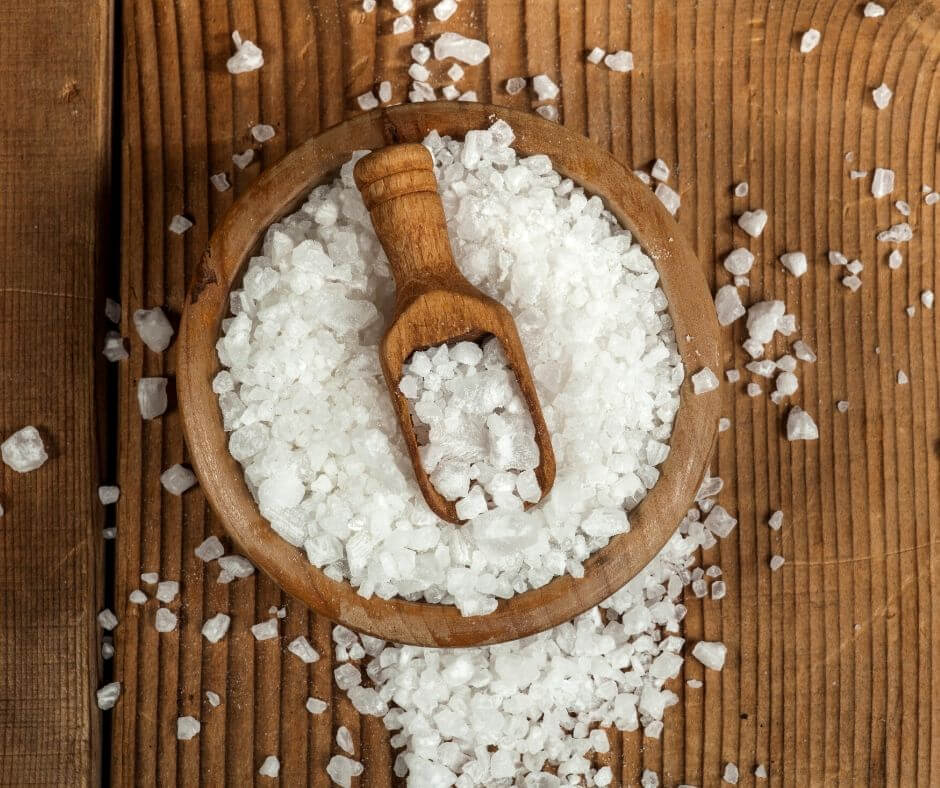
Looking for more nutrition focused posts?
Here are a few for you to check out. Hopefully they can help you learn more about foods, nutrition, and how we can serve our bodies with the best possible ingredients:
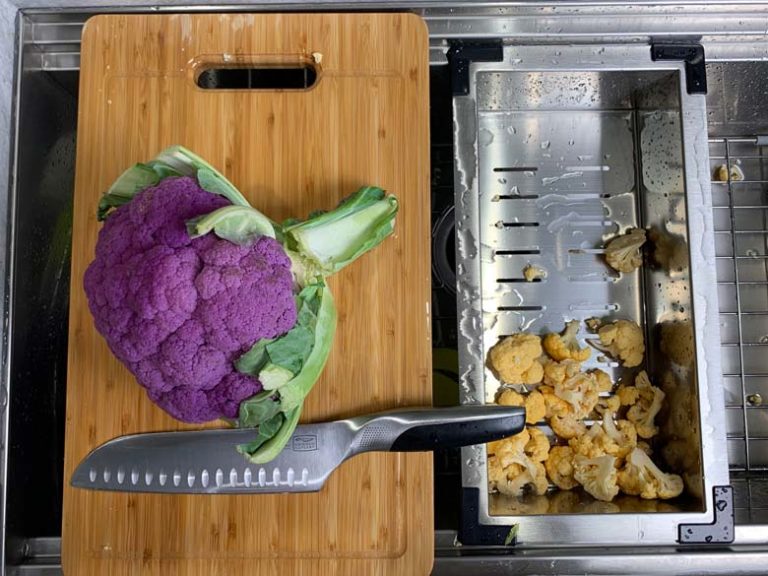
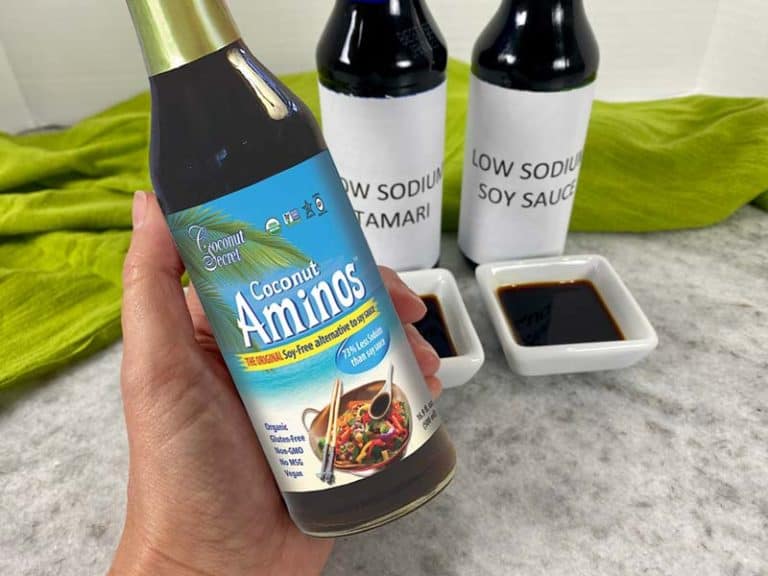

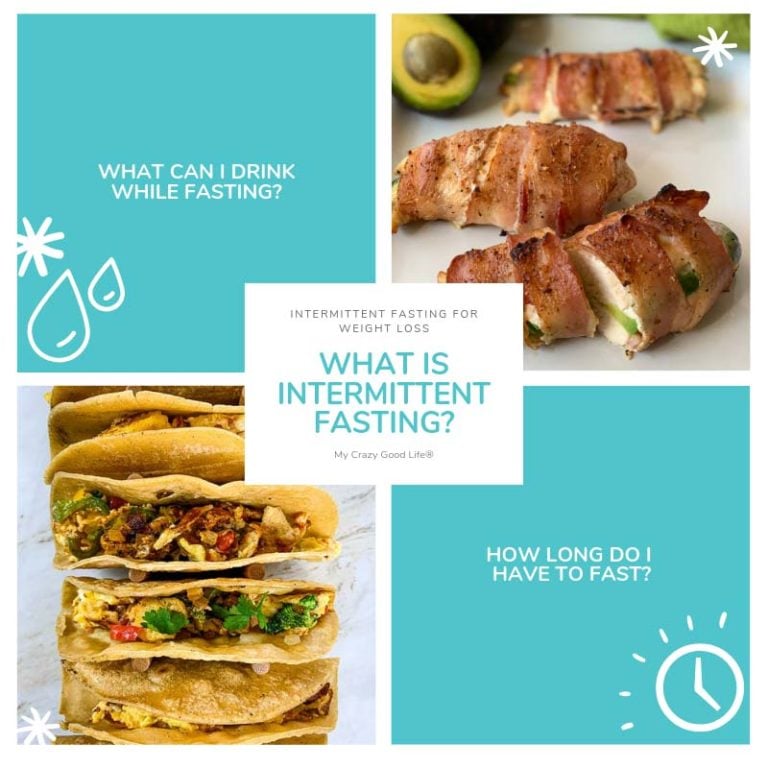

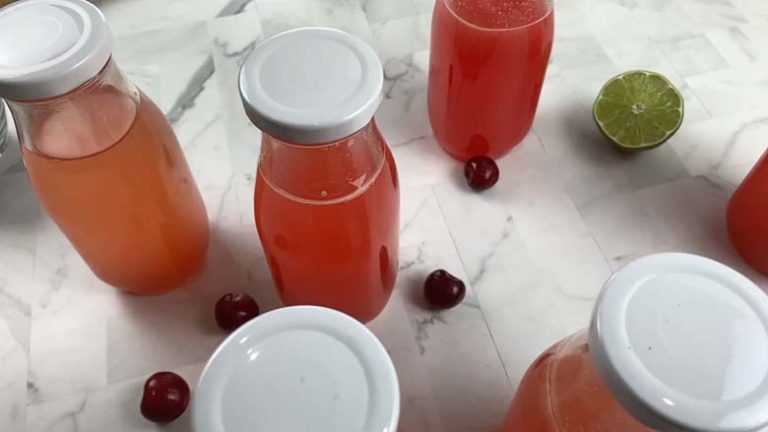



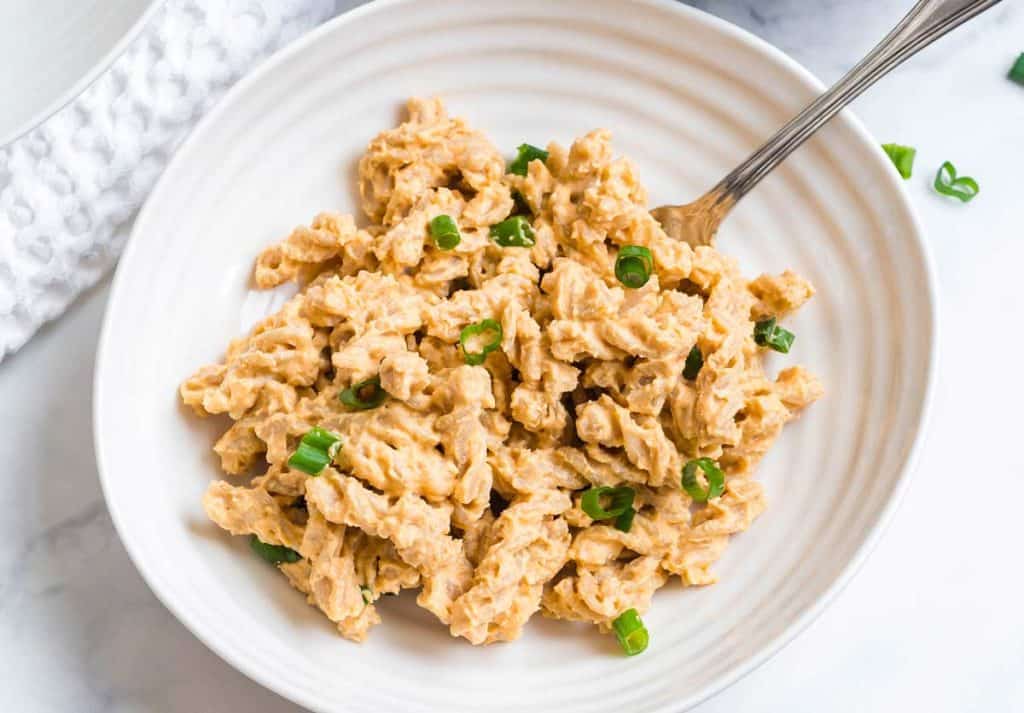
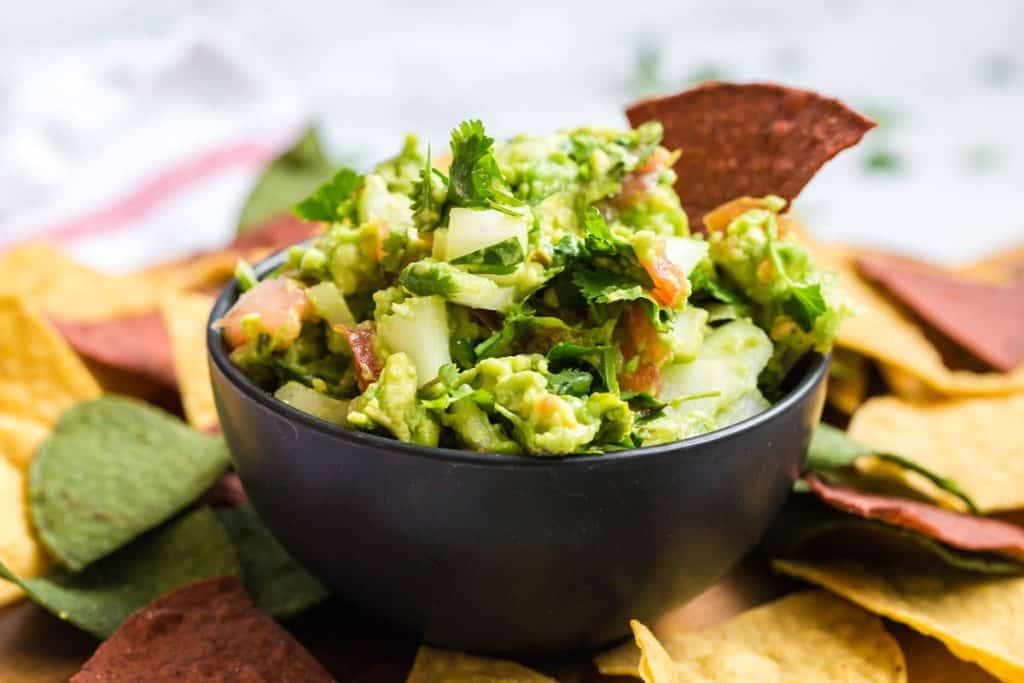
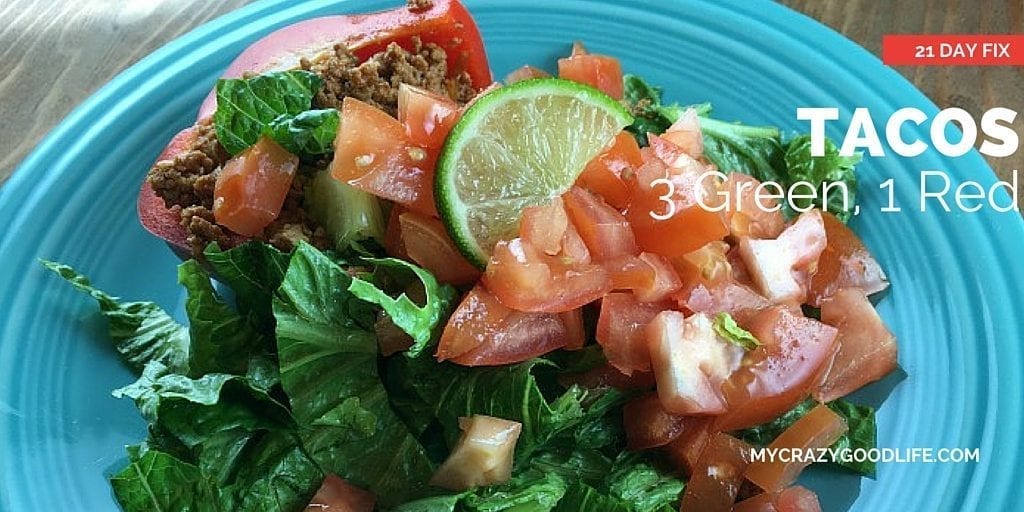
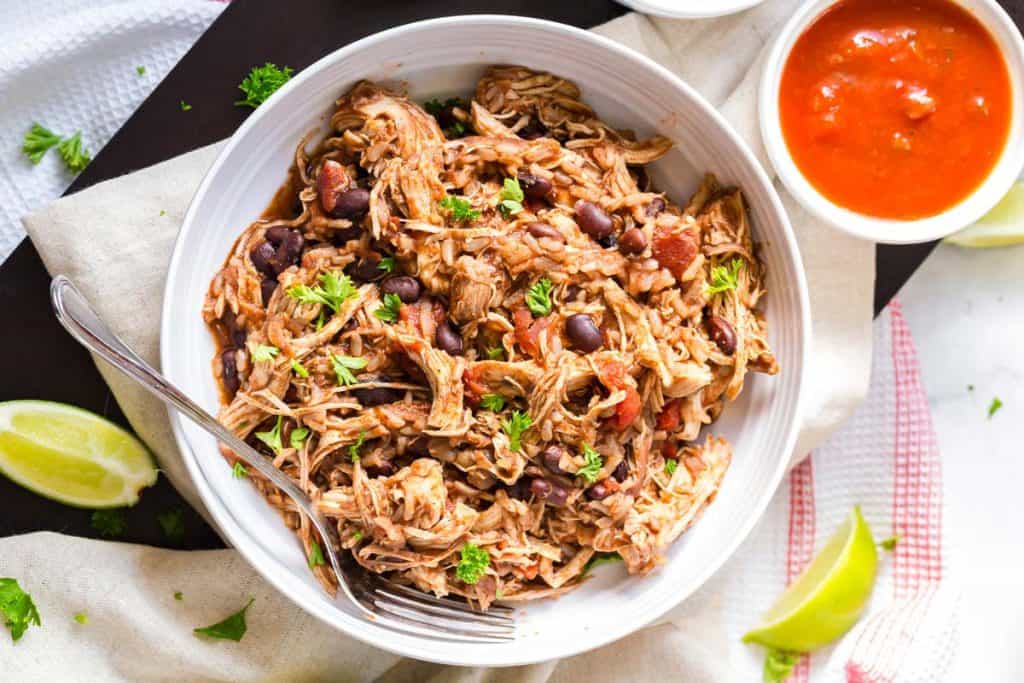

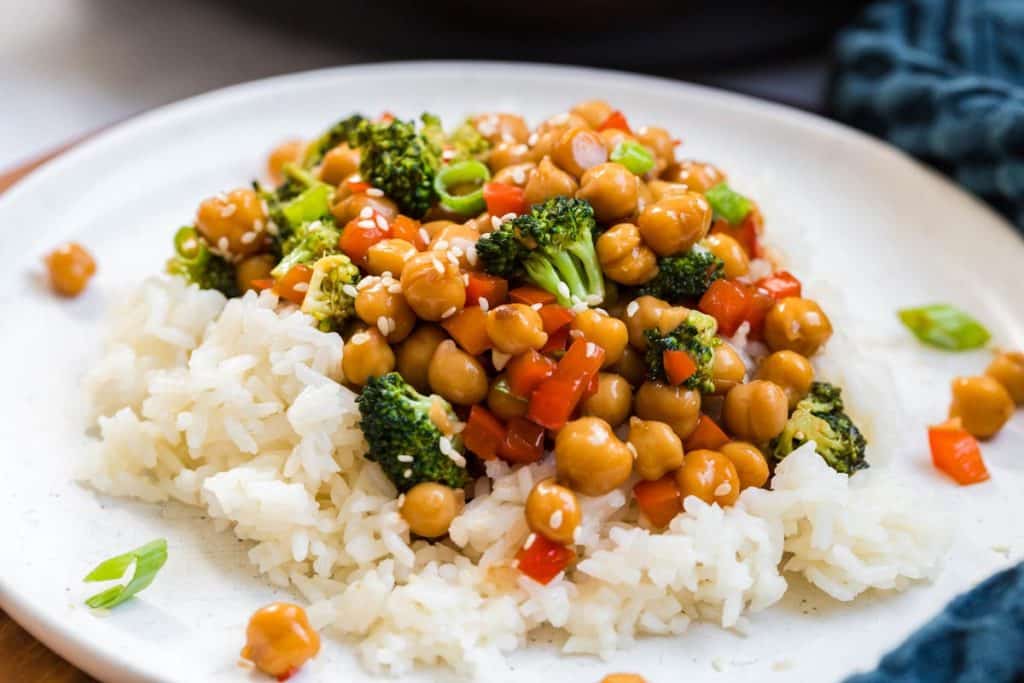
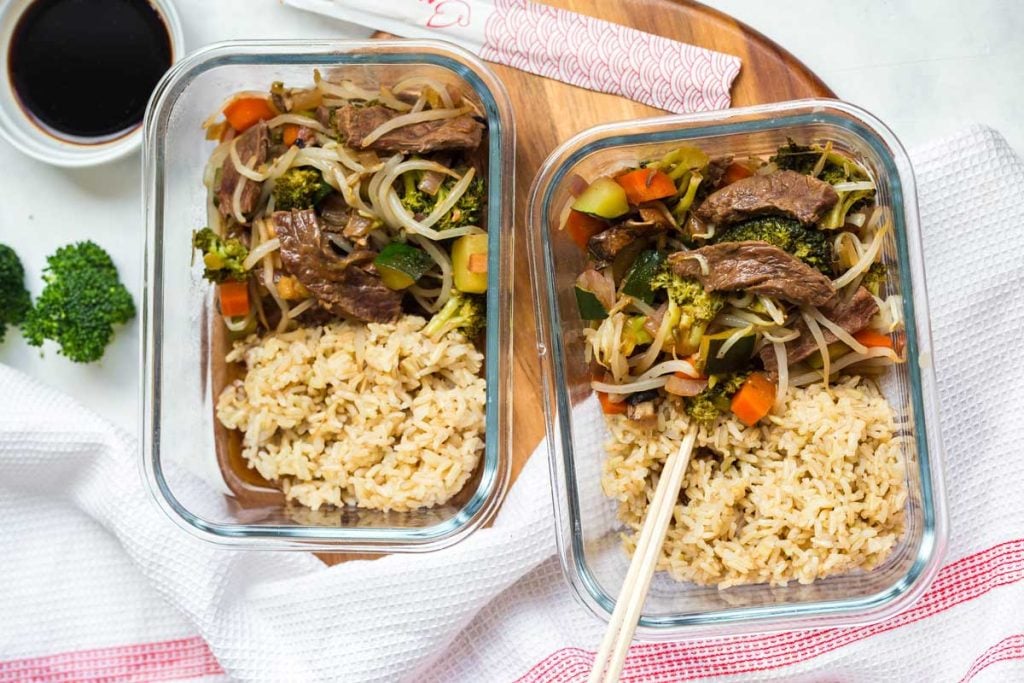
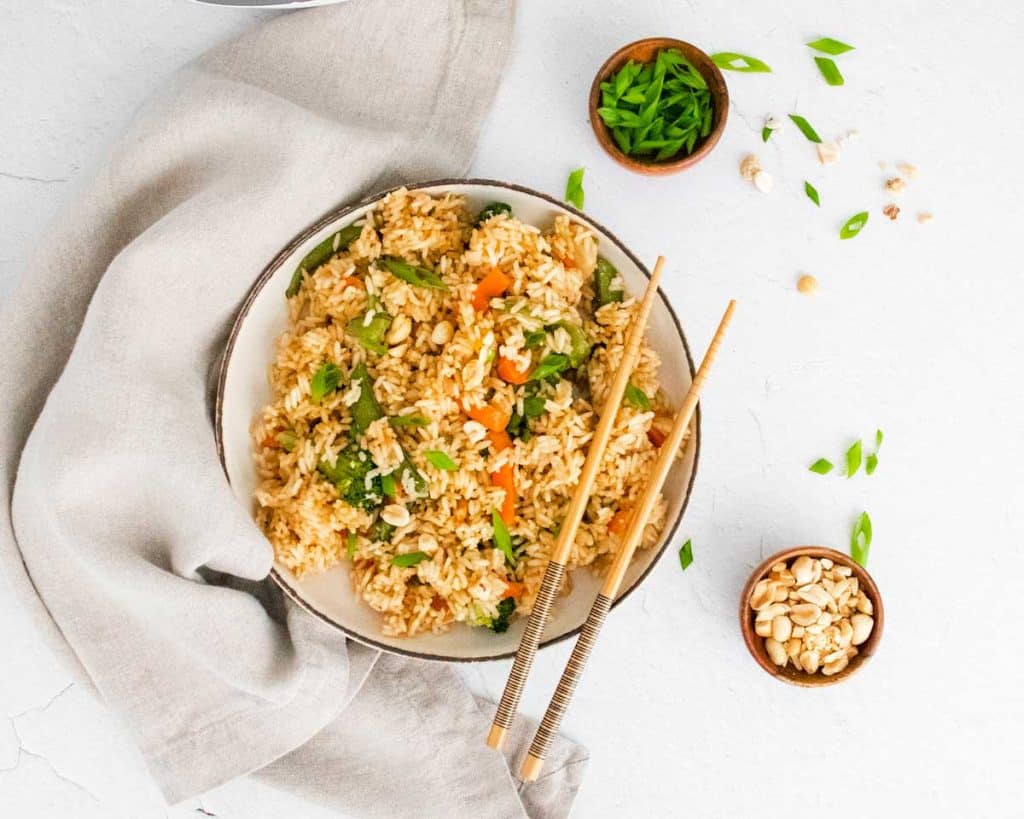
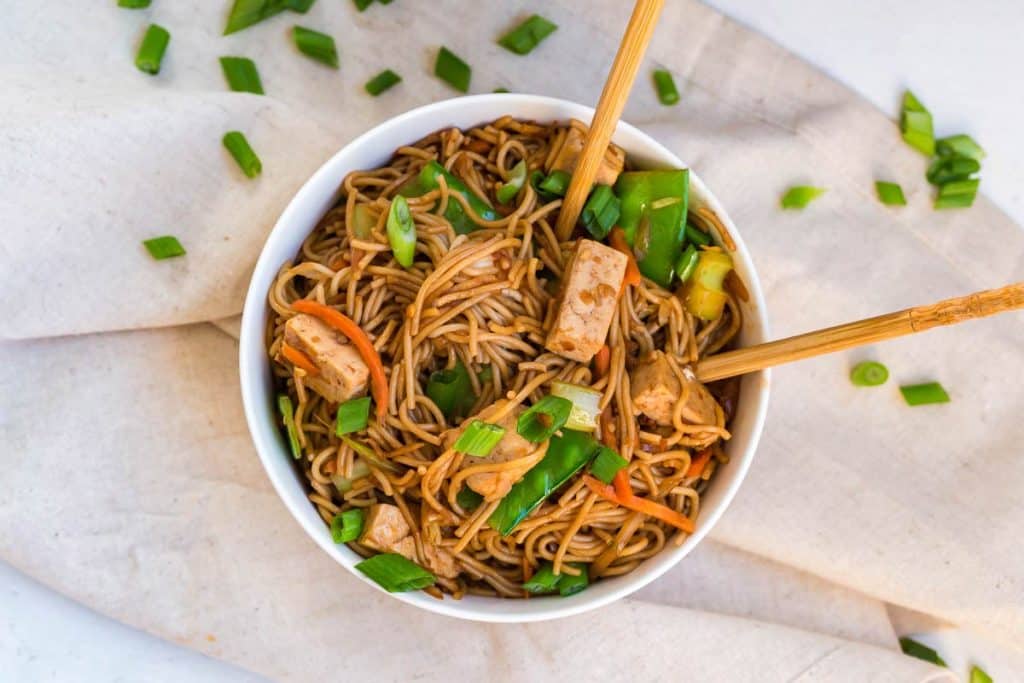
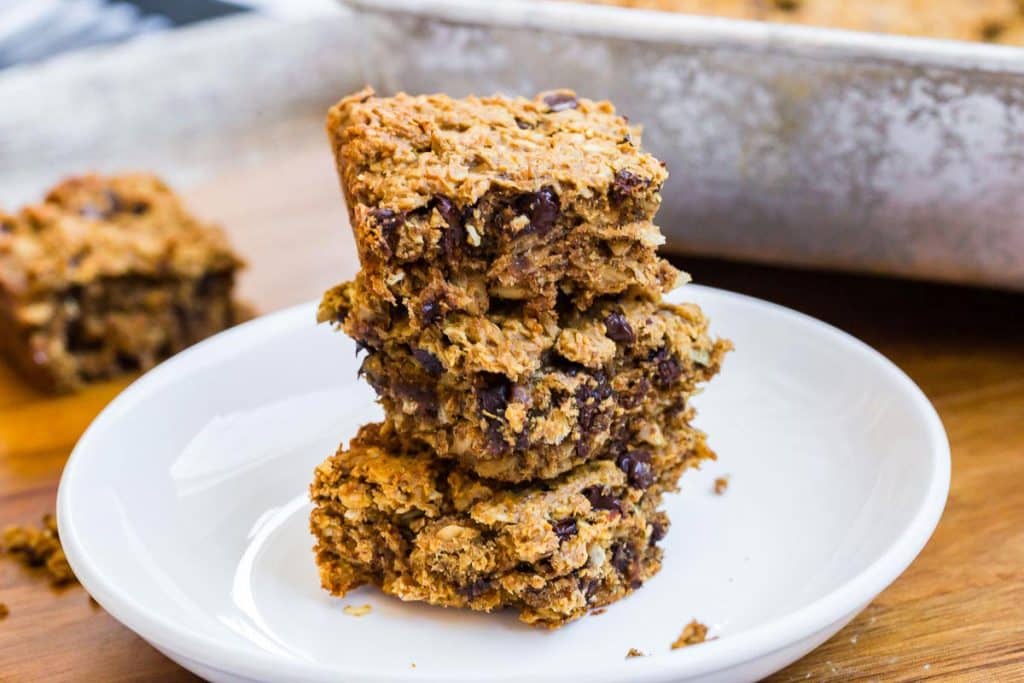
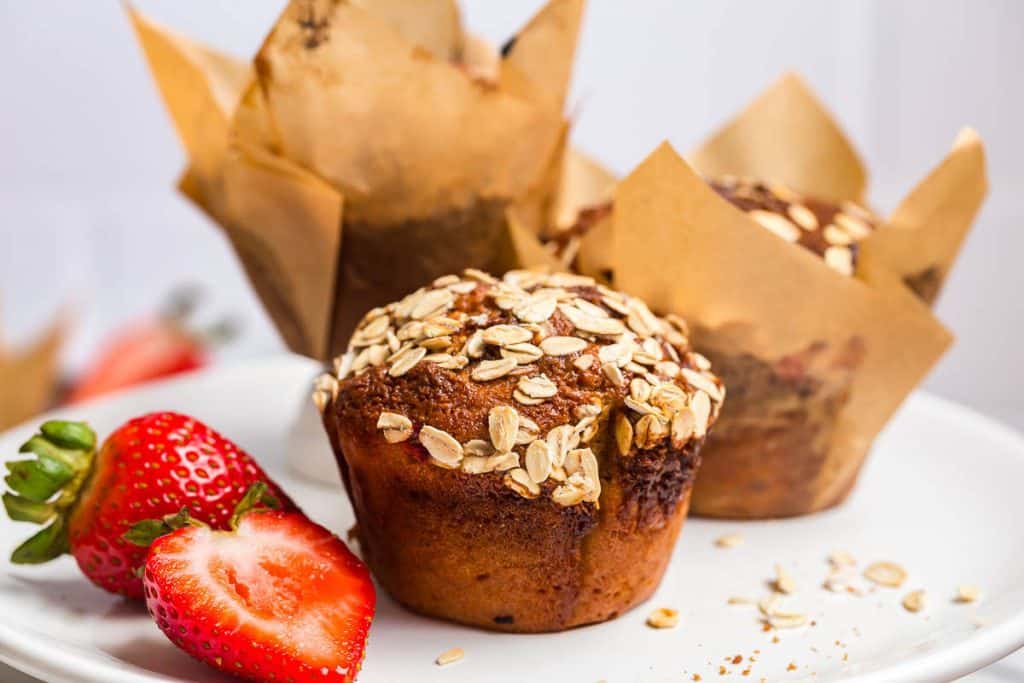
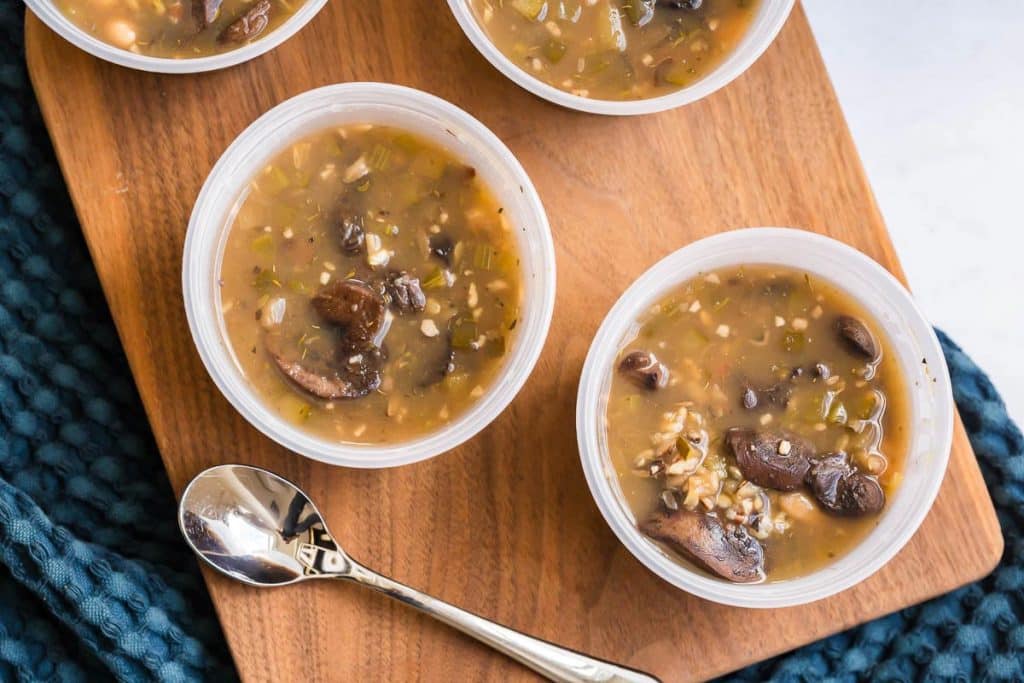
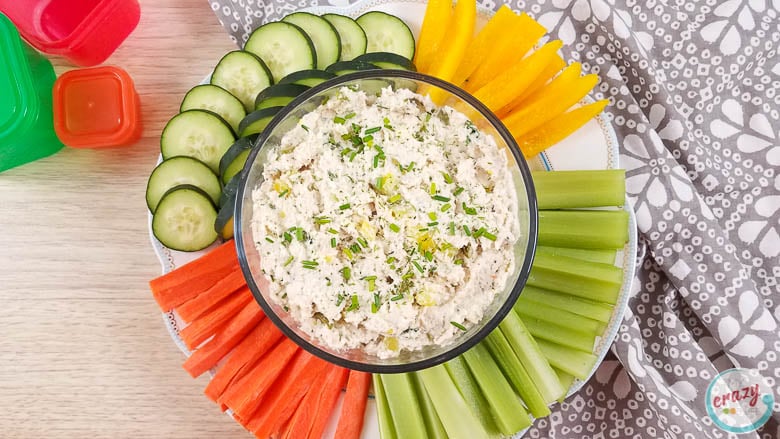

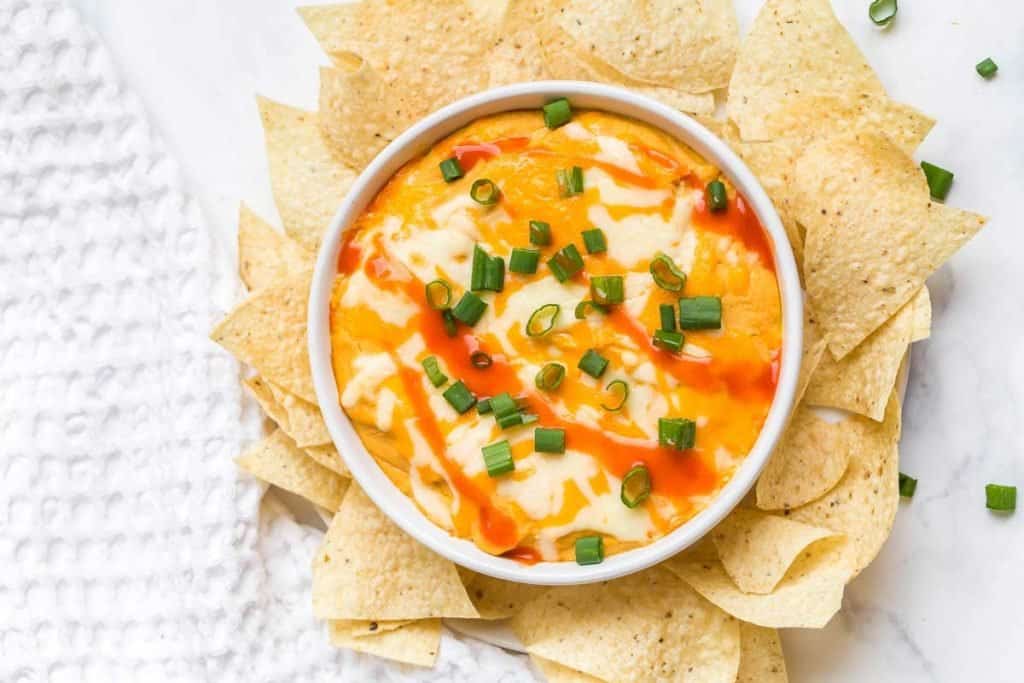
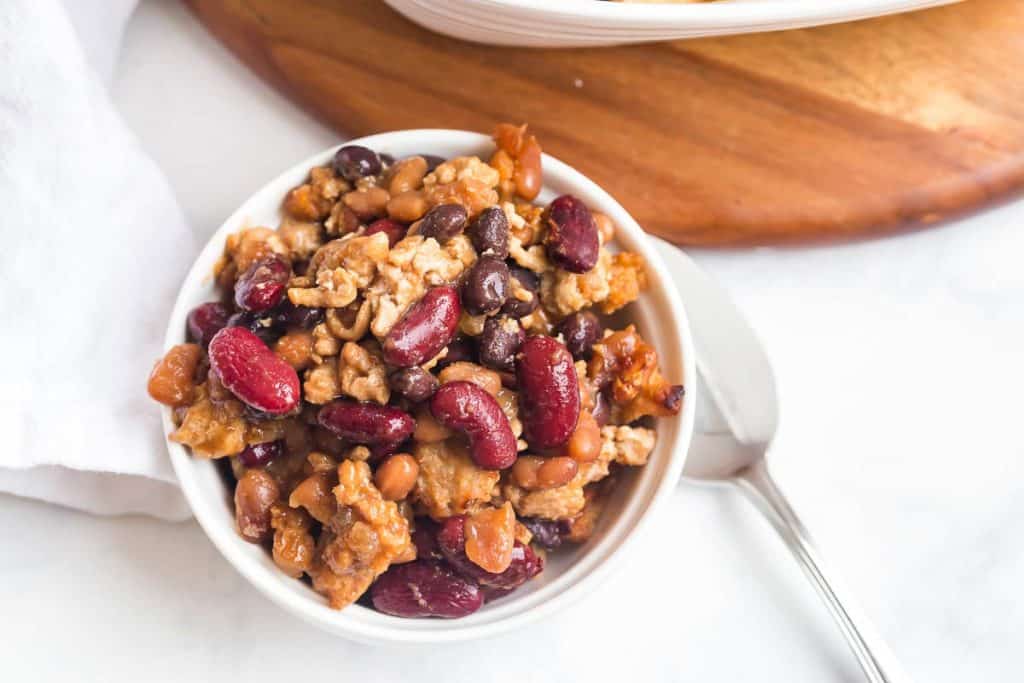











Did you love this recipe?
Make sure to comment below so we can chat about it!